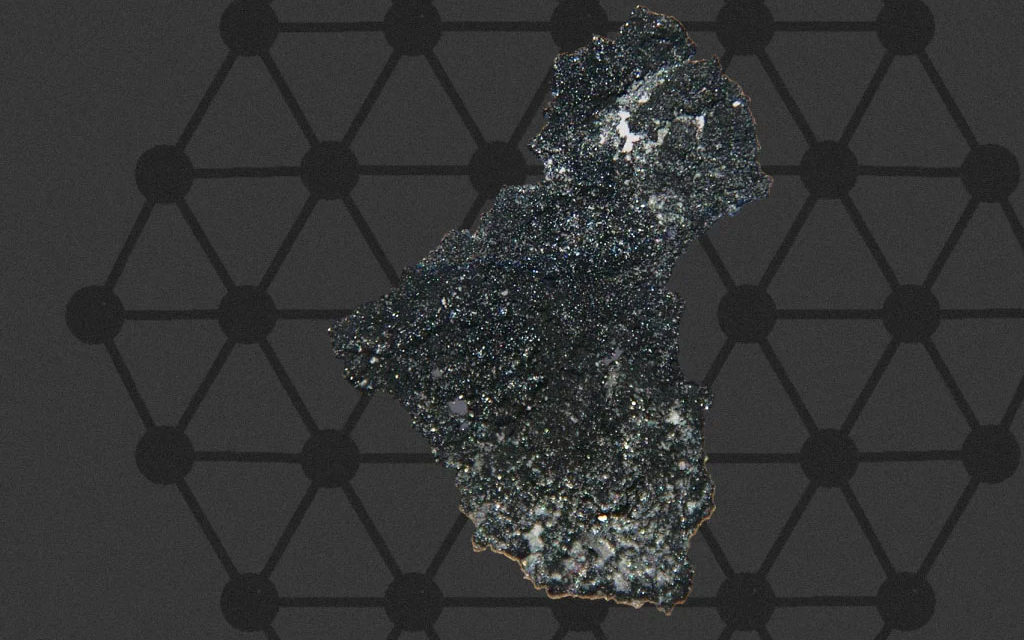BY KATHARINE SCHWAB
Source: fastcompany.com, April 2019
Borophene, a single-atom layer of the element boron, is super-strong and super-flexible–plus it’s a superconductor.
For years, the material graphene has entranced the scientific world because of its incredible strength and flexibility. It can conduct electricity better than any other material at room temperature. It has been engineered to store electronic data, and could transform the way we make computer chips. A three-dimensional form of graphene is our best candidate for building in space. People have wondered if the material will instigate the next industrial revolution. It has even made its way into consumer products, like lightbulbs and jackets, and graphene hair dye might be on its way.

But there’s a new wonder material on the block. Like graphene, it’s only an atom thick. And while graphene is made of carbon, this new material–called borophene–is made of the element boron. It was first synthesized in 2015, and scientists have since discovered that it is even stronger and more flexible than graphene. A survey of the material’s uses, which was published on the digital academic platfrom Arxiv in March, catalogs its potential applications, which include hydrogen storage and more powerful lithium-ion batteries–applications that could be crucial to a future dominated by electric vehicles. Because it is more flexible than graphene, it could also be used in flexible electronics; researchers additionally speculate that borophene’s capacity as a superconductor means it could be used to make next-gen wearables, biomolecule sensors, and even quantum computers.

It’s still early days in borophene research and challenges lie ahead. Scientists have yet to create large quantities of the substance. Yale chemists were able to produce 100 square micometers of borophene in December (that’s only .00000000155 of an inch). But the potential of materials that are only one atom thick, like borophene and graphene, to revolutionize computing and energy continues. Before that can be realized, scientists will have to keep studying borophene’s properties and find ways to produce the material at scale.

